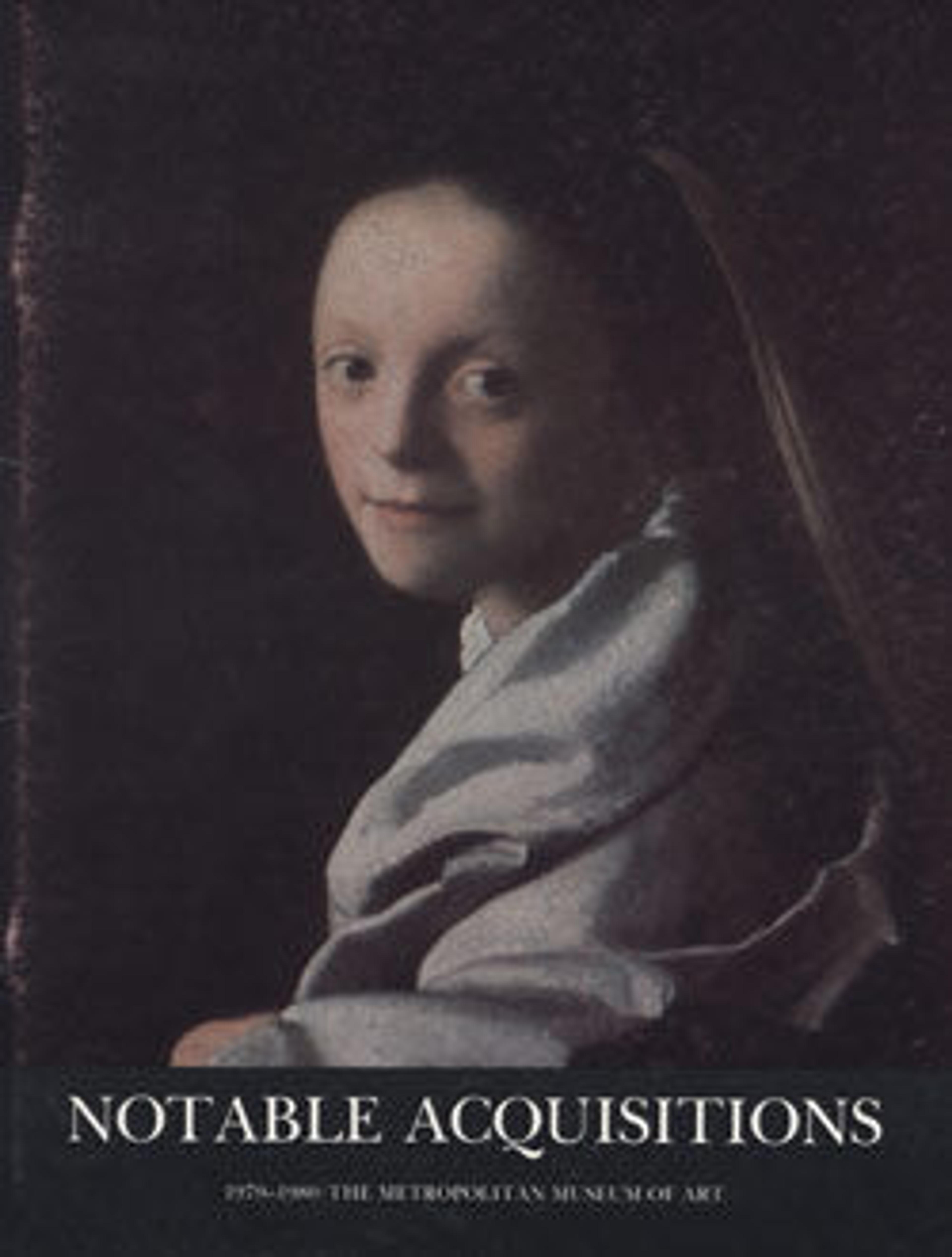Chicken-Headed Ewer
The beginnings of the Chinese celadon tradition can be traced to the Yue kilns (a term that comes from the ancient name for a region in Zhejiang Province), which in the fourth century began to produce highfired stoneware covered with gray-green glazes. Early examples such as this were produced as burial goods. The meaning of the chicken head on the spout remains obscure.
Artwork Details
- 東晉 越窯青瓷雞首壺
- Title:Chicken-Headed Ewer
- Period:Eastern Jin dynasty (317–420)
- Date:4th–5th century
- Culture:China
- Medium:Stoneware with celadon glaze (Yue ware)
- Dimensions:H. (to top of handle) 7 1/2 in. (19.1 cm)
- Classification:Ceramics
- Credit Line:Gift of Mrs. Richard E. Linburn, 1979
- Object Number:1979.353
- Curatorial Department: Asian Art
More Artwork
Research Resources
The Met provides unparalleled resources for research and welcomes an international community of students and scholars. The Met's Open Access API is where creators and researchers can connect to the The Met collection. Open Access data and public domain images are available for unrestricted commercial and noncommercial use without permission or fee.
To request images under copyright and other restrictions, please use this Image Request form.
Feedback
We continue to research and examine historical and cultural context for objects in The Met collection. If you have comments or questions about this object record, please contact us using the form below. The Museum looks forward to receiving your comments.
